Sigiriya
Sigiriya: The Lion Rock Fortress
Rising dramatically from the central plains of Sri Lanka, Sigiriya, or the “Lion Rock,” is a UNESCO World Heritage Site and one of the most remarkable historical and archaeological sites in the world. This ancient rock fortress, perched nearly 200 meters (660 feet) above the surrounding landscape, was built by King Kashyapa in the 5th century AD. Combining history, artistry, and engineering brilliance, Sigiriya offers breathtaking views, intricate frescoes, and a glimpse into the grandeur of ancient Sri Lankan civilization.
Historical Significance
Sigiriya’s story begins with King Kashyapa (477–495 AD), who chose this massive rock as the site for his royal palace and fortress. The location was strategically chosen for its defensive advantages and majestic presence. After Kashyapa’s reign, Sigiriya became a Buddhist monastery until the 14th century. Its significance today lies in its dual role as a historical and cultural marvel.
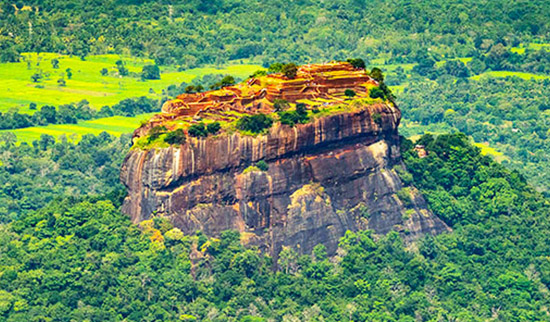
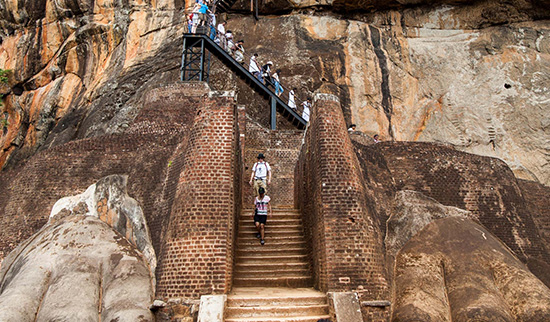
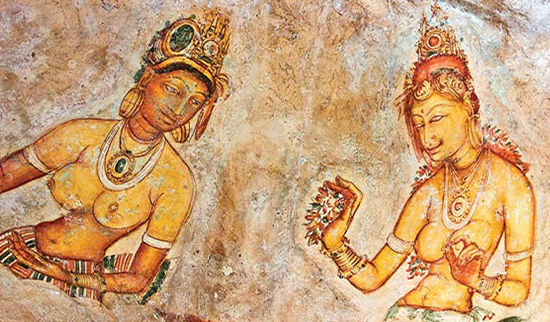
Key Attractions in Sigiriya
1. The Sigiriya Rock Fortress
The main attraction is the rock fortress itself. As you climb the winding stairs, you’ll encounter stunning archaeological features:
- The Lion’s Gate: The entrance to the summit, flanked by two massive lion’s paws, is the fortress’s most iconic feature. Originally, a giant lion statue stood here, symbolizing strength and protection.
- The Summit: At the top, you’ll find the ruins of King Kashyapa’s palace, including foundations of royal halls, water tanks, and gardens. The panoramic views from the summit are breathtaking, offering a 360-degree perspective of the surrounding countryside.
2. The Water Gardens
At the base of the rock lies an elaborate network of water gardens, showcasing ancient Sri Lankan engineering brilliance. These gardens, complete with symmetrical pools, fountains, and moats, highlight Kashyapa’s artistic vision.
3. The Frescoes
Halfway up the rock, visitors can marvel at the Sigiriya frescoes, a collection of exquisite wall paintings depicting celestial maidens. These frescoes, painted in vibrant colors, are among the finest examples of ancient Sri Lankan art.
4. The Mirror Wall
Once polished to reflect like a mirror, the Mirror Wall is now adorned with ancient inscriptions and poetry written by visitors dating back over 1,000 years. These writings offer insights into the admiration Sigiriya has inspired for centuries.
5. The Boulder Gardens
The Boulder Gardens, consisting of winding pathways and massive boulders, were designed as a natural defensive barrier. Some boulders also served as meditation spaces for monks during the site’s later years as a monastery.
Best Time to Visit Sigiriya
The best time to visit Sigiriya is during the dry season (December to April), when the weather is most favorable for climbing and exploring. Visiting early in the morning or late afternoon helps avoid the midday heat.
Nearby Attractions
- Pidurangala Rock: Adjacent to Sigiriya, Pidurangala Rock offers a slightly less crowded climb and stunning views of Sigiriya itself.
- Minneriya National Park: Just a short drive away, this park is famous for its elephant gatherings and diverse wildlife.
- Dambulla Cave Temple: A UNESCO World Heritage Site, this ancient temple complex features stunning cave paintings and Buddha statues.
- Habarana: A nearby village known for elephant safaris and serene lakeside experiences.
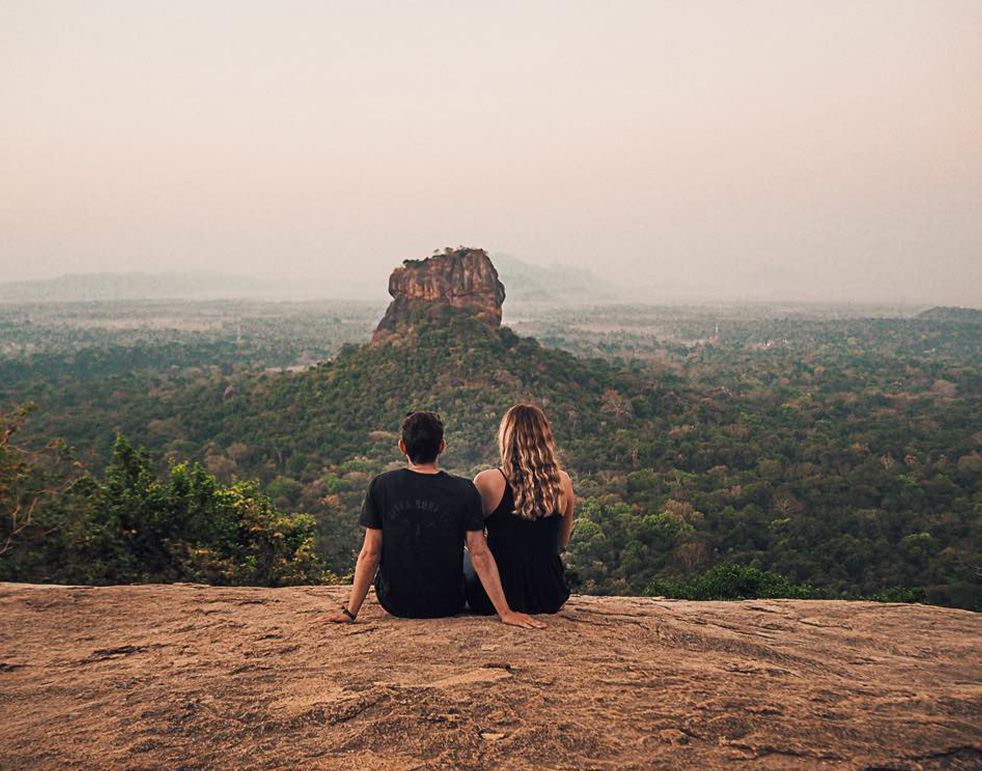
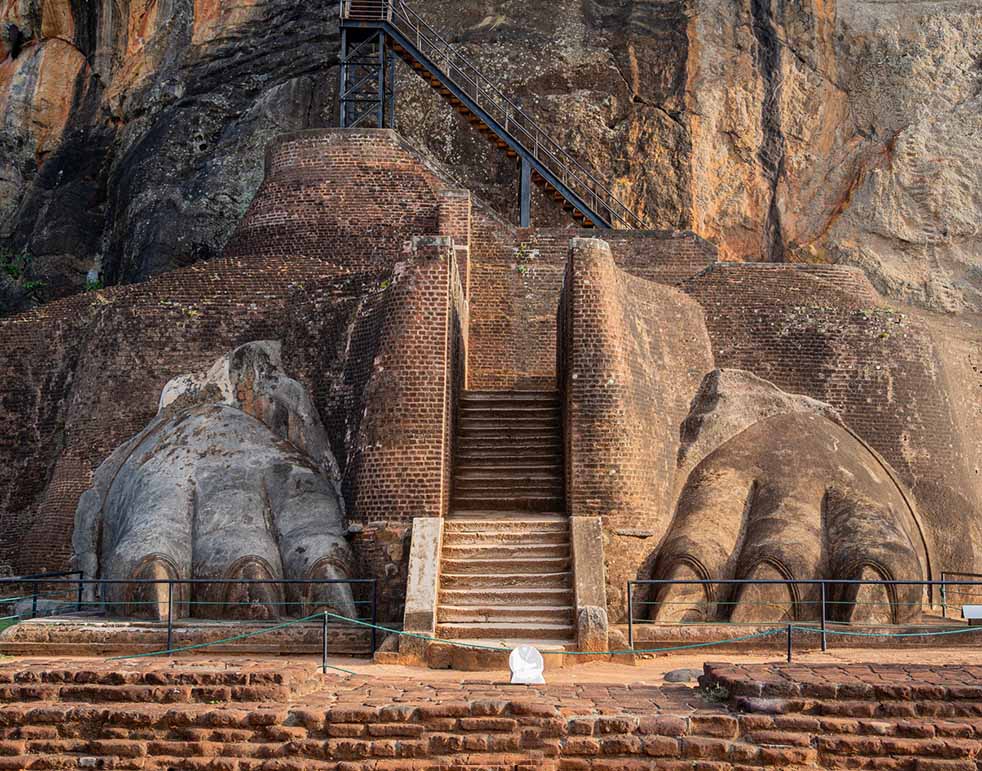
Cultural Significance
Sigiriya is not just an architectural marvel but also a cultural and spiritual symbol. The frescoes and inscriptions reflect a harmonious blend of art and literature, while the gardens demonstrate a sophisticated understanding of landscape design.
Why Visit Sigiriya?
Sigiriya is a destination that seamlessly blends natural beauty, historical significance, and artistic mastery. Whether you’re drawn by its awe-inspiring architecture, the mystery of its origins, or the challenge of its climb, Sigiriya promises an experience like no other. Standing atop this ancient rock fortress, you’ll feel the whispers of history and the timeless allure of one of Sri Lanka’s greatest treasures.
